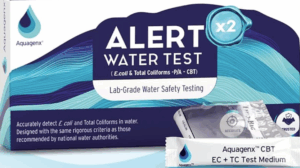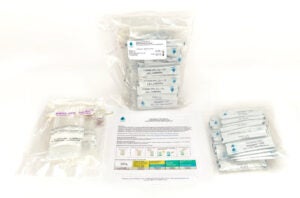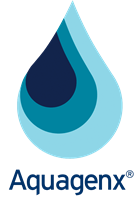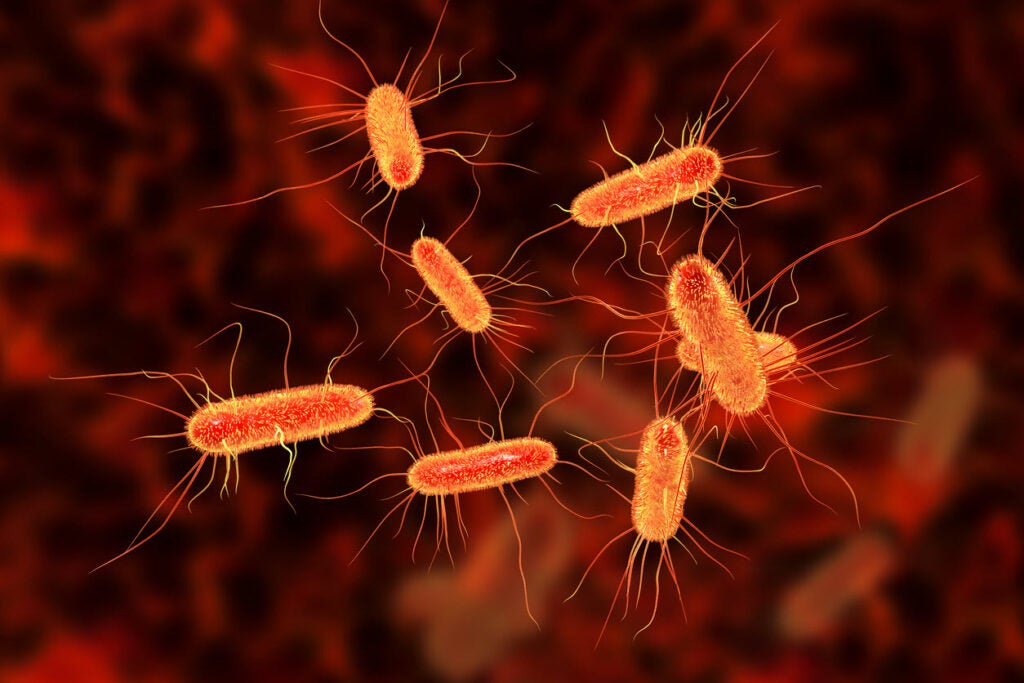Difference Between Coliform and E. coli Bacteria
Well owners can shop online or in big box home improvement stores for well water tests to assess their water quality (characteristics of a water sample that determine how safe it is for drinking, swimming, or the environment). They find tests for different parameters (physical properties that determine the characteristics or behavior of something) that assess water quality.
Some are chemical parameters such as lead and pH.
Others are physical parameters such as turbidity, total dissolved solids and electrical conductivity.
Shoppers also see a third group of parameters that detect bacteria (living single-cell life). Water quality tests list terms such as “Bacteria,” or “Coliforms,” or “Total Coliforms,” or “E. coli.” What are they and how are they different?
To answer this question, let’s start with some basic definitions from the world of water microbiology (microscopic life forms not seen with the naked eye).
Indicator Organisms
In drinking water samples, concentrations of pathogens (disease-causing organisms) from fecal contamination (contamination from poop/stools) are small, but the number of different possible pathogens is large. As a result, it is not practical to test for all pathogens in every water sample.
Instead, the potential presence of pathogens is determined with indirect evidence by testing for an indicator organism (tiny organism that signals possible contamination of water or food). The following are primary biological indicator organisms for drinking water samples.
Coliforms
Coliform bacteria (commonly found in intestinal tracts of humans and animals) are a broad class of bacteria found throughout the environment. They include many different species (varieties) and genera (group of similar species). Most types of coliform bacteria are harmless toward human health. They are easy to identify and are usually present in larger numbers than more dangerous pathogens. Coliforms respond to the environment, wastewater treatment, and water treatment.
However, only a few Coliforms can lead to serious diseases caused by drinking contaminated water. The presence of coliform bacteria in drinking water might indicate a possible presence of harmful pathogens, but this measurement is not conclusive. Only using Coliforms as a testing parameter is not sufficient because the results do not provide enough information about the actual health risk of the water sample.
Total Coliforms
Total Coliform bacteria are a large group of bacteria commonly found in the environment. Many of them do not originate from feces. The Total Coliform group of bacteria is no longer recommended as an indicator of fecal contamination. For a long time, going back to the late 1800s and early 1900s, Total Coliforms was the standard indicator bacteria group for drinking water and other waters such as recreational water and shellfish harvesting water.
However, Total Coliform counts only give a general indication of the sanitary condition of water. Keep in mind this is a very large group of bacteria that originates from different sources, not all of which are fecal or are harmful to our health.
Fecal Coliforms
Fecal Coliform bacteria are the group of Total Coliforms that are present specifically in the gut and feces of humans and warm-blooded animals. Because the origins of fecal coliforms are more specific than the origins of Total Coliforms, fecal coliforms are considered a more accurate indication of human or animal waste in drinking water than Total Coliforms.
Escherichia coli (E. coli)
E. coli is a fecal bacteria found in the intestines and feces of humans and warm-blooded animals. It is the major species in the Fecal Coliform group. Of the five general groups of bacteria that comprise Total Coliforms, only E. coli is generally not found growing and reproducing in the environment. It is generally introduced into the environment via fecal waste from humans and warm-blooded animals. Consequently, E. coli is considered to be the most specific indicator of fecal pathogens in water.
Although E. coli is a strong indicator of fecal contamination in water, not all E. coli is harmful. Some but not all types of E. coli cause illness and diseases such as diarrhea, gastroenteritis, urinary tract infections, respiratory illness, pneumonia, and typhoid fever. The severity of these illnesses is worse for children and the elderly and can even cause fatalities.
For these reasons, national and international drinking water quality standards mandate there must be zero in E. coli in 100 mL water samples for it to be considered safe to drink.
Summary
Not all bacteria in drinking water samples are equal. If you use water quality tests that only detect Coliforms or Total Coliforms, they detect bacteria, but you do not know what types of bacteria and if they are really harmful to your health. As we outlined, some bacteria are more harmful to humans than others and not all of them cause disease and illness.
Instead of raising unnecessary red flags about the quality and safety of your well water, we recommend you use a test that specifically detects E. coli bacteria in a 100mL water sample. We discuss why a 100mL sample is important and required in the post Do Well Owners Have to Send Water Samples to Labs?
Key Terms
Parameters: physical properties that determine the characteristics or behavior of something
Water Quality: characteristics of a water sample that determine how safe it is
Biological: related to living organisms and vital processes
Organism: an individual animal, plant, or single-celled life form
Microbiology: microscopic life forms not seen with the naked eye
Indicator Organism: tiny organism that signals possible contamination of water or food
Pathogen: disease-causing organism
Fecal Contamination: when poop/stools enter water supplies and food
Coliforms: bacteria commonly found in intestinal tracts of humans and animals
Total Coliforms: bacteria commonly found in the environment
Fecal Coliforms: sub-group of Coliform bacteria present in intestinal tract and feces of warm-blooded animals and humans
Aquagenx Well Water Test Kits
Buy on Amazon & Walmart
Buy kits that contain 2, 5, or 10 tests

Buy In Bulk from Aquagenx
Buy kits that contain 25, 50 or 100 tests


